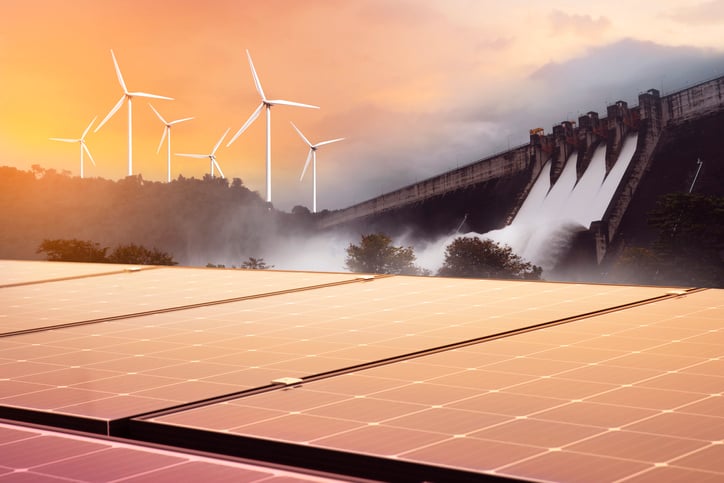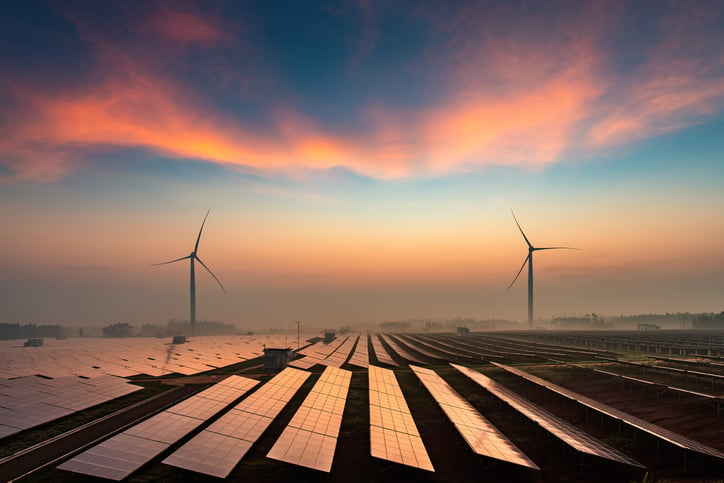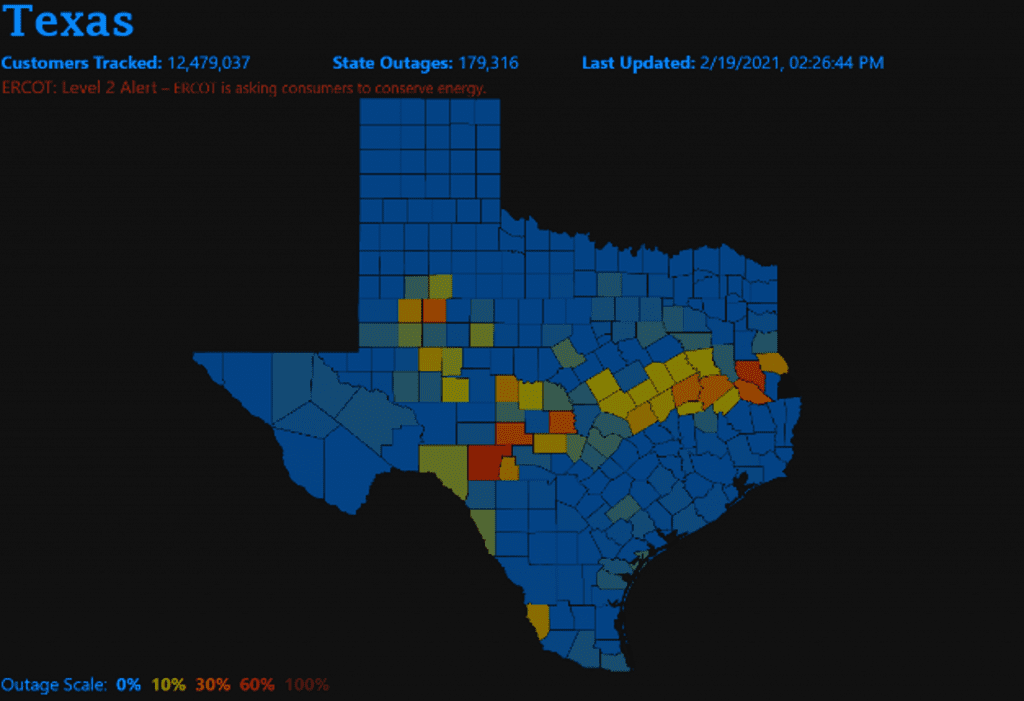UL 1741SA Standards for Renewable Energy Inverters

With the ever-growing penetration of green energy, solar, and wind power inverters, grid connection standards needed an update. Old grid connection standards, perhaps influenced by skeptical grid operators, mandated that wind and solar inverters needed to disconnect from the grid if it became unstable.
Enter: UL1741, a set of the latest grid connection standards that mandate new inverters stay connected and help out. In this article we break down exactly how this strengthens the grid and what the new standard means for distributed wind, solar and more!
How Do UL 1741 SA Standards Impact Renewable Energy?
Let’s break it down:
- UL stands for Underwriters Laboratories, a private company that certifies adherence to specific technical standards
- 1741 is the latest and greatest standard for grid-connected inverters
- SA means “Supplement A”
Wind turbine inverters can be certified to both UL 1741 and UL 1741 SA; the SA has to do with grid connect capabilities. To give a good top-level overview of what UL 1741 SA is, let’s look at the preceding standard: UL 1537.
Standards tend to lag a few years behind the technological development that necessitates them. If you time warp back to the early ’90s, you’ll see inverters for wind and solar were somewhat new and had a much lower market penetration than they do today. Utilities approached this new and competitive technology with caution.
To maintain control over the grid, the UL 1537 standard required any inverter-based device to disconnect from the grid in the event of a grid frequency or voltage fluctuation outside a certain range.
At the time, the thinking was that this would allow the utility companies to stabilize the grid with utility-scale power electronics, and all the idle wind and solar could reconnect and keep generating renewable power to the grid. It’s easy to understand how this seems logical, but ultimately this was the wrong way to control a grid.
Disconnecting productive renewable energy generation from the grid during a time of high demand reduces supply and actually makes the problem worse. Areas with high penetration of renewables saw cascading blackouts during grid instability. The inverters were performing as designed but were unable to “help” during grid fluctuations.
There had to be a better way.
Enter: UL 1741
The latest renewable energy standard gives a longer leash for inverter-based devices. Now distributed wind turbines or residential solar installations are required to stay connected to the grid to keep producing power during grid fluctuations. If the grid fluctuates too far out of range, some inverters may need to shut off for protection. The standards go even further to outline a second range of operation where an inverter would continue supporting the grid if it could.
There are five primary grid support functions that are expected with UL1741SA:
- Provide predictable, soft start ramp rates of power production when connecting to the grid.
- Apply a specified power factor to the grid
- Apply reactive power to control grid voltage
- Apply watts to control grid voltage
- Apply watts to control grid frequency
Part of the strategy with UL 1741 SA is for these inverters to all function without a direct communications link to utility companies. All these controls are guided by what the inverter can see happening right where it’s connected. It continuously monitors the grid on its own and responds based on what it can see.
In previous versions of UL standards, inverters were mandated to be “twitchy.” Or, if voltage was slightly out of range, the inverter had to immediately disconnect, trip offline, start a 5-minute timer, then try to connect to the grid again. Now, UL1741 inverters support the grid by staying connected for longer periods of time after a slight change in voltage.
If a voltage or frequency change occurs on the grid, the inverter must ride-through that instability event. Instead of disconnecting, UL1741 mandates that inverters stick around and help, causing renewables to strengthen the grid, instead of weakening it.
In addition to demands of power control, the inverter must also support the grid by remaining connected during grid instability events. This capability is called ride through - Windurance applies the same capability for blade pitch control.
However, If a power outage occurs, UL1741-SA requires an inverter to shutdown and not back-feed into the electrical grid, as this charge could harm first responders or utility line workers.
So What’s the “SA” Mean?
Supplement A was an addition to the existing standard that dated back to 1999. This update went live in September 2017.
The “SA” version sets the groundwork for expectations for inverters to deal with grid volatility. The goal is to "future-proof" these inverters by creating a standard for actively managing grid functions.
Renewable Energy Standards: What’s next?
The addition of recycled electric-vehicle batteries will further improve the overall utility of inverter-based devices that gather energy from cyclic resources, like wind and solar.
Our inverters are fully UL 1741 SA certified. You can connect them to the grid right out of the box and enable your inverter-based device to remain compliant with the latest certifications, including UL 2035, which includes enhanced performance requirements from inverter-based devices.
Have questions about Windurance’s manufacturing capabilities? Our team of talented sales professionals are ready and excited to help you with any needs. Contact us today to schedule a call.




